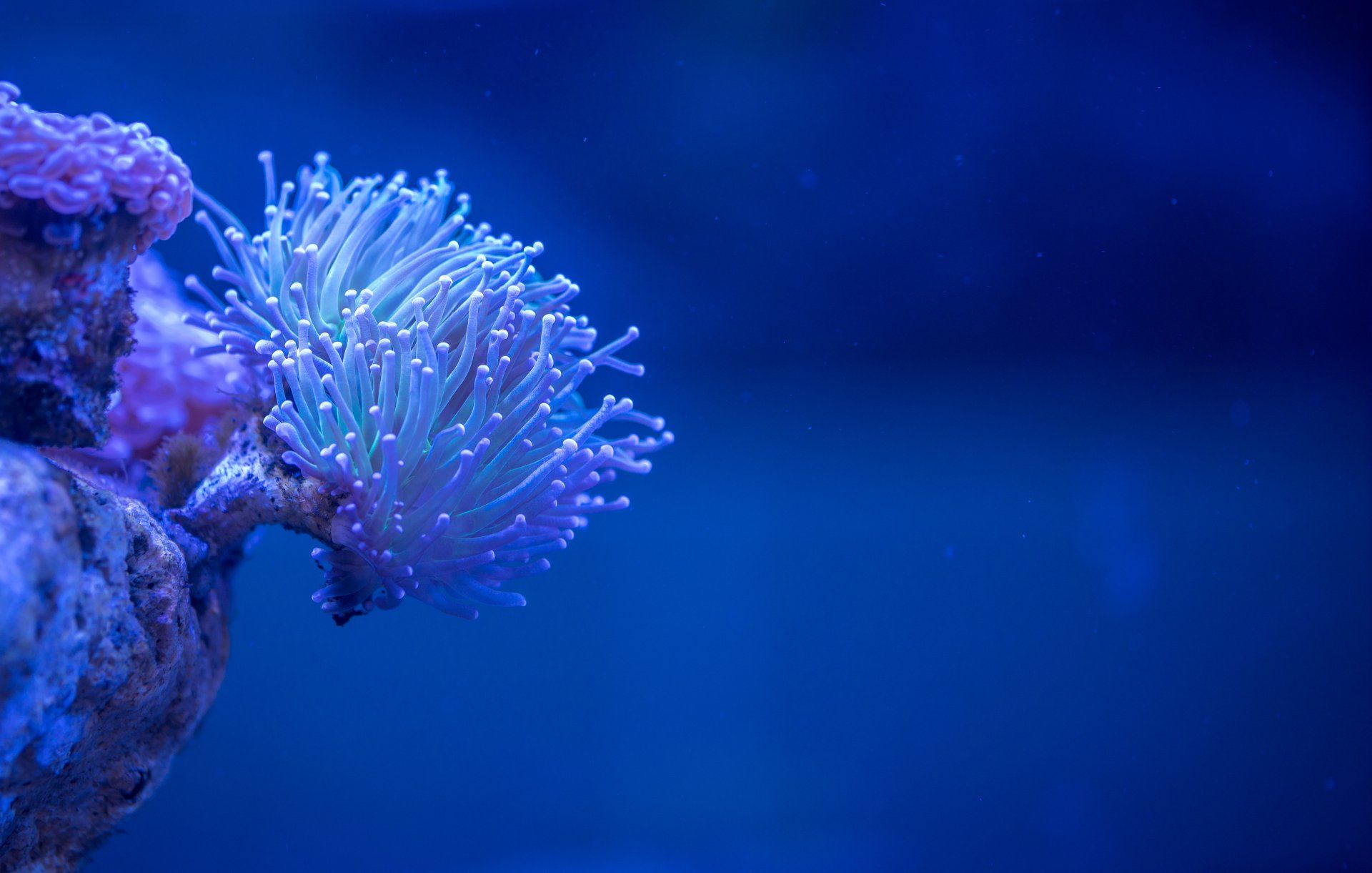Chromatography: A Powerful Technique for Purifying Substances

What is Chromatography?
Chromatography is a method used to separate and purify different substances in a mixture. It is based on the different characteristics of each substance, such as its size, shape, and chemical properties. Chromatography can be used to separate a wide range of substances, including proteins, sugars, and amino acids.
How Does Chromatography Work?
There are several different types of chromatography, but they all involve the same basic principle. A mixture of substances is applied to a stationary phase, which is usually a solid or a liquid that is immobilized on a surface. The mixture then moves through a mobile phase, which is a liquid or gas that carries the substances through the stationary phase. As the mixture moves through the stationary phase, different substances will interact with the stationary phase to different degrees, causing them to separate.
Types of Chromatography
There are several different types of chromatography, including:
- Column chromatography: In this method, the stationary phase is a column filled with a porous material, such as beads or powder. The mixture is applied to the top of the column and moves through the column as the mobile phase is added.
- Paper chromatography: This method uses a special type of paper as the stationary phase. The mixture is applied to the paper and the mobile phase is added, causing the different substances to move along the paper and separate.
- Thin-layer chromatography: In this method, the stationary phase is a thin layer of a substance applied to a glass or plastic plate. The mixture is applied to the plate and the mobile phase is added, causing the different substances to move along the plate and separate.
Applications of Chromatography
Chromatography is used in a wide range of applications, including:
- Analyzing and purifying compounds in the pharmaceutical and food industries
- Separating proteins and DNA for biological research
- Analyzing environmental samples to detect contaminants
- Identifying and quantifying drugs and other substances in forensic analysis
Conclusion
Chromatography is a powerful technique for separating and purifying substances. It is widely used in industries such as pharmaceuticals, food, and environmental analysis, as well as in research and forensic analysis. Its versatility and effectiveness make it an essential tool in many fields.




